Do you want each and every blog post that you publish on your real estate website to rank on top of Google?
Well, who doesn’t!
While ranking on top has become extremely difficult due to the fierce completion, writing SEO friendly blog posts is the first step towards achieving this goal.
Your blog posts should follow certain SEO guidelines in order to make it easier for search engines to understand your content.
In this guide specifically meant for real estate agents (realtors), brokers and real estate investors, I will walk you through the step-by-step process that you should follow when writing a blog post:
Table of Contents
Step#1: Put your users first
Are you writing just for the sake of high rankings in Google?
If the answer is yes, you probably don’t have the best interest of your prospects in mind at all.
Gone are the days when you just needed to stuff keywords in a 400-word blog post and build a few spammy backlinks to get your content ranked on top of Google.
Now you need to put your users first and think how your content will benefit them.
It is for this reason that Google now puts a lot of emphasis on the following factors when ranking content:
- Average session duration
- New vs returning visitors
- Pages per session
- Bounce rate
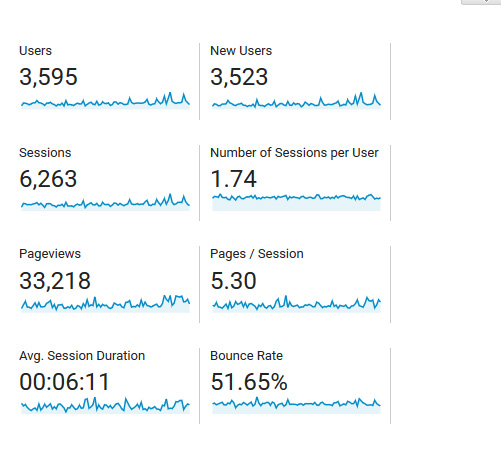
If the people like your content they will stay longer on your website (It will increase the ‘average session duration’).
If the people like your content, they will keep coming back to your site for more and new information (it will increase the ratio of ‘return visitors’).
If the people like your content, they will browse multiple pages after landing on your website (it will boost ‘pages per session’ ratio and reduce ‘bounce rate’).
So before you start sweating over building backlinks or performing keyword analysis, ask yourself: How will the content you are writing benefit your website visitors?
This approach will help you create content with a better perspective. You will put your users first. Believe it or not, search engines will love you for this.
Step#2: Prepare an editorial calendar
Most realtors and investors I know don’t like to follow any specific publishing timeline.
They will start off all enthusiastic and churn out 5-10 blogs in a month. But as the enthusiasm would wear off, the number of blog post would come down to one per month. Worse still, they will stop completely.
What it basically means is that they don’t follow a content calendar. I don’t blame them for procrastination because blogging is hard. It requires patience, determination and discipline.
But Google doesn’t take this excuse into consideration when ranking content.
How frequently website is updated with fresh content is a huge SEO factor.
Needless to say, you need to come up with a real estate content calendar and then stick to the publishing deadlines.
Here are a few tips you should follow to stay disciplined with your blog post publishing schedule:
-
Follow blogs from top realtors
One of the reasons most real estate professionals can’t stay disciplined with their publishing schedule is that they struggle to come up with ideas for new blog posts.
Here is a tip to overcome this problem: Follow the blogs from top realtors. These realtors could be your competitors i.e. agents or brokers targeting the same market as yours or realtors in other prominent markets in your state or country.
By following them, you will get ideas about what topics you should cover.
Subscribe to their newsletters and read content that they are publishing on their websites on a regular basis.
Bookmark the URLs of a real estate blog post that you think is a good candidate for your own blog.
Go through these blog posts once or twice a month. Create your own topics from these blog posts and assign a publishing deadline to each one.
That way you will have a lot of blog post topic ideas at your disposal. The lack of ideas will no longer be an excuse for procrastination.
-
Create an outline before writing a real estate blog post
Here is what I mean by creating an online:
- Write a tentative title
- Write tentative sub-headings
- Describe each section very briefly
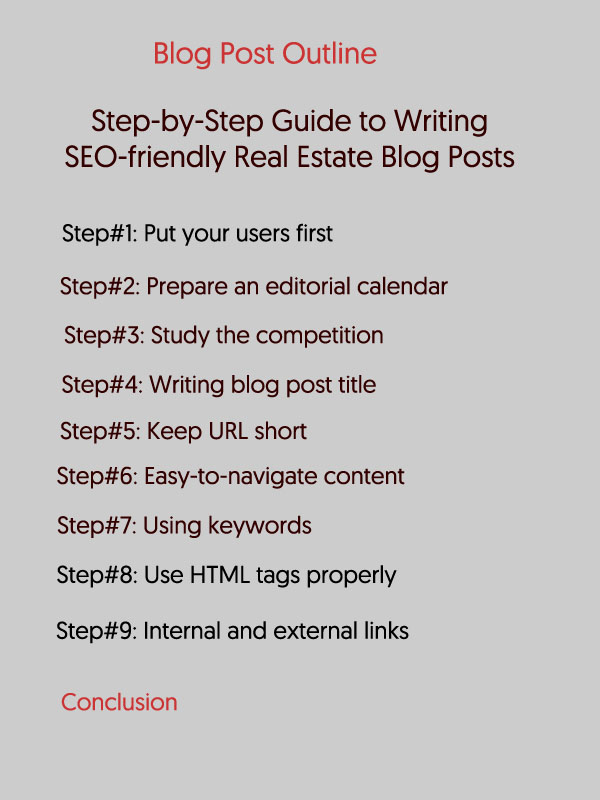
Creating an online will help you organize your thoughts quickly in case you can’t finish the blog post in one sitting. You will be able to maintain the flow and tone of the language. The outline will also improve your writing speed because you can immediately get to the next section as soon as you finish the current one. You won’t run the risk of hitting a writer’s block.
Step#3: Study the competition
Now that you know what topic you are going to cover in your latest blog post, it’s time to take a look at your competition.
Let’s say for example, you are writing a blog post on things to consider when how to interview a realtor in San Diego.
Perform a search for this topic in Google and thoroughly study the content of all the top 10 results.
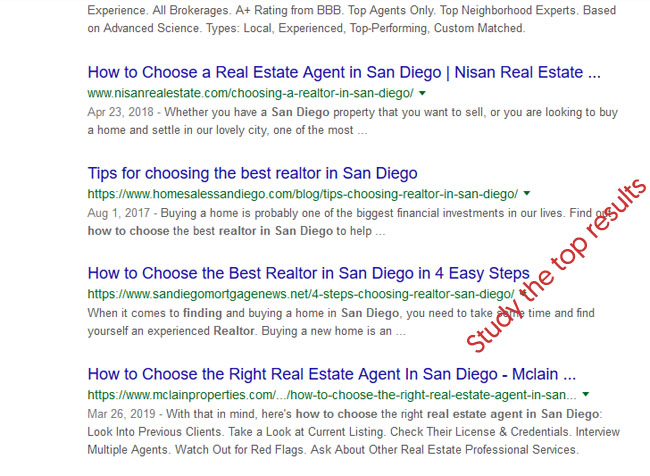
In order to rank on top:
- Your blog post should be better than the blog posts already ranking on page 1.
- It should ideally have more content formats such as a YouTube video, a downloadable ebook or an inforgraphic.
- It should ideally be more comprehensive in terms of value other blog posts on page 1 offer.
- It should have a more visually appealing content layout with tables, charts, original images, content boxes and lists. This is particularly true if you are writing neighbourhood guides with real estate trends.
- It should have a better internal and external link structure.
Step#4: Write an attention-grabbing blog post title
Coming up with a title that is SEO friendly and at the same time attention grabbing is tricky. Wondering why?
- For SEO, you need to keep the character length of the title under 60.
- For SEO, the headline must contain your main keyword.
- You need to use attention grabbing words such as ‘awesome’, ‘amazing’ ‘worst’ etc. (words that evoke some sort of emotion) to make the headline catchy. These attention grabbing words improve click through rate (CTR). It means that when a user looks at the headlines on a search engine result page, the headline of your blog post should be catchy enough to encourage him or her to click it. However, these words increase the word length.
You might think that I am exaggerating, but for me coming up with a headline that meets these three conditions is the most challenging part in writing a blog post.
Step#5: Keep URL short
You should try to keep the URL of the blog post as short as possible.
Most CRMs including WordPress auto-generate an URL as soon as you populate the title field with your blog post headline.
These auto-generated URLs have many unnecessary words which make the URL lengthy.

Let me explain this with an example:
Let’s say the headline of your blog post is:
“What are the specific requirements to buy a house in Texas”
Now some words in this headline are useless for an URL.
The WordPress will auto-generate the URL which will look something like this:
Yourealestatewebsite.com/blog/what-are –the-specific-requirements-to-buy-a house-in-Texas
This URL is too lengthy. When you remove unnecessary words, your URL will look something like this:
Yourealestatewebsite.com/blog/requirements-buy-house-texas
This URL is short and SEO friendly.
Whenever you change the URL of a real estate website page after publishing it , make sure to set up a 301 redirect. A 301 redirect indicates that a page has permanently moved to a new location.
Here is a Google article that explains it clearly.
Step#6: Make your blog post easy-to-navigate
Are you into the habit of using long sentences and paragraphs?
Though it may probably work when you are writing a literary book, it never goes down well with internet readers. Internet users have little patience for something they can’t comprehend quickly.
They will bounce off your site before you can say Jack Robinson.
So always keep your sentences short and use words which a sixth grader can easily understand. Keep your paragraphs also short.
In order to make your content easy-to-navigate, you should use:
- Subheadings
- Lists
- Inforgraphics
- YouTube videos
- Content boxes
- Tables
- Images
Step#7: Use main keywords as well as long-tail keywords
The keyword you are targeting should be included in the following places in your blog post:
- Blog post URL
- Meta title and description of the page
- Heading
- Intro paragraph
- Subheading
- Image title
- Image alt tag
- And, content (just a few times. The keyword density should not be more than 1-2%. So for example if your blog post is 1500 words, you can use the keyword up to 15 times.)
- Conclusion
When writing the content, you should use your main keyword a few times (never indulge in keyword stuffing) and also include some long tail keywords.
Here is a brief definition of ‘long tail keyword’ from HubSpot.
Long tail keywords are keywords that are usually related to your main keyword.
You can use Google Keyword Tool to find keywords closely related to your main keywords and use some of them in the content to avoid keyword stuffing.
Step#8: Use HTML tags properly
When you publish a blog post, you should use HTML tags for headings and subheadings.
In HTML, the tags which are used for headings and subheadings are ‘H1’, ‘H2’, ‘H3’, ‘H4’ and so on…
The below image explains how these HTML tags should be used.
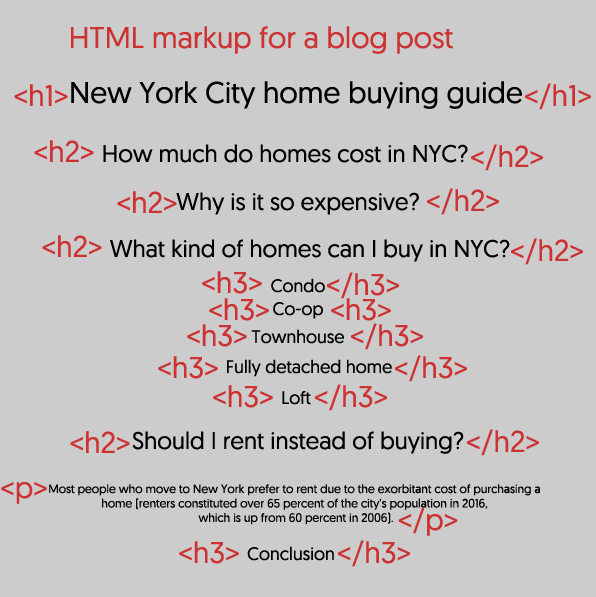
If you are using WordPress CRM, the text editor makes it extremely easy to create subheadings.
Step#9: Internal and external links to make your post SEO-friendly
Let’s say for example, you are writing a blog post on what kind of music home sellers should play for an open house.
Needless to say, you will mention the word ‘home staging’ many times in the content.
If you have written a comprehensive guide on home staging, you can create a hypertext link for the word ‘home staging’ and link this blog post to your post on staging.
This is called ‘internal linking’ (you are linking two web pages of your own website).
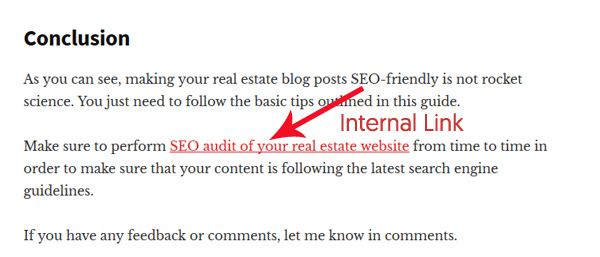
Since you are using ‘home staging’ as anchor text in your post on music for open house, it will boost the SEO of the linked page (i.e. your guide on home staging).
Another advantage of internal links is that it will reduce the bounce rate. Internal links encourage users to browse multiple pages on your website.
Now let’s say your website don’t have any staging guide.
If you want to give your readers more information on this subject, you can create a hypertext link to a comprehensive home staging guide on some other high authority website such as Realtor.com.
This is called ‘external linking’.
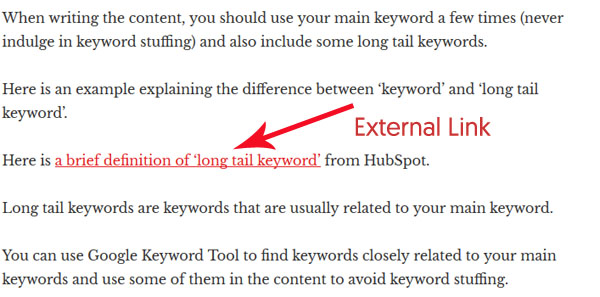
You should add both internal and external links wherever appropriate.
Step#10: Avoid the myth surrounding long-form articles
There is no denying the fact that blog posts with a word count of 2000 or more dominate search engine results, but you should focus more on the value instead of the length.
Don’t make your content boring with unrelated or useless information just to increase the length.
Make your content easy-to-digest with a lot of actionable tips on various aspects of real estate transaction and investment process.
If you create cornerstone content, you will get backlinks naturally.
Any paid or free promotion of this type of content will provide better return on your investment of time and money.
Step#11: Write SEO friendly meta information
Meta title and description appear in search engine results, so it’s extremely important that you optimize them for a high click-through-rate.
The title and meta description should be good enough to compel the user to click your headline.
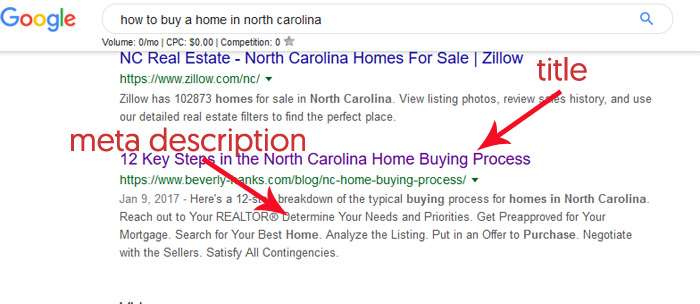
Step#12: Image SEO
As a realtor or real estate investor, you need to use a lot of images of homes and neighbourhood amenities in your textual content.
When you upload an image, you should keep in mind the following tips in order to optimize it for SEO:
- Use image formats such as JPEG to reduce the image size without affecting its quality.
- Always add an ‘Alt tag’
- Your main keyword should be in the image title. For example, save the image as kingwood_homes_(any random number) jpeg instead of img2wlsl2.jpeg. I am asking you to use a random number to make the file name unique in case you have to save another image with the same name. There shouldn’t be two images with the same file name.
- Add a caption containing your main keyword wherever relevant
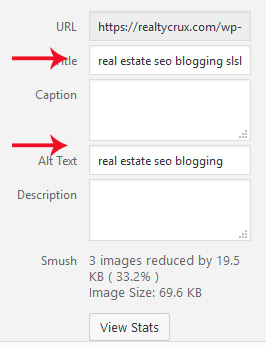
Step#13: Keep updating your content from time to time
Once you have published the post, you need to keep it up-to-date with the latest information.
For example, you wrote a blog post on the property transaction process in your state a year ago. A new real estate regulation was recently introduced that greatly affects the process. You should add this information to keep your content relevant and fresh.
Freshness of content is a huge SEO factor. It builds your site’s authority in the eyes of Google.
Instead of having ‘first published’ date on your blog posts, you can ask your website developer to have your content display ‘last updated’ date and time. This can be done by modifying just a few lines of codes, particularly if your website is built with WordPress.
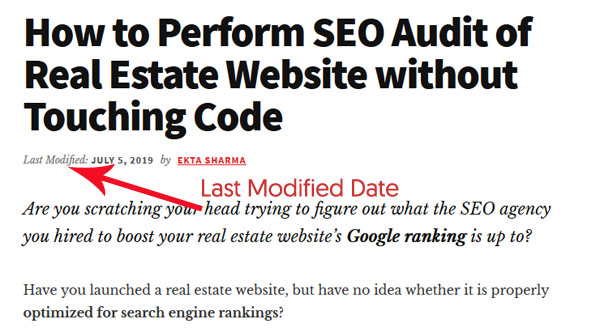
Conclusion
As you can see, making your real estate blog posts SEO-friendly is not rocket science. You just need to follow the basic tips outlined in this guide.
Also, perform SEO audit of your real estate website from time to time in order to make sure that your content is following the latest search engine guidelines.
If you have any feedback or questions, let me know in comments.

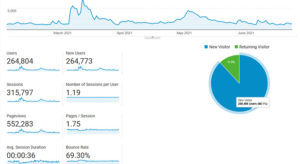
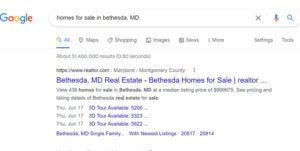
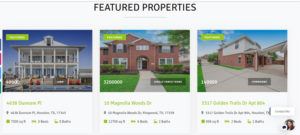
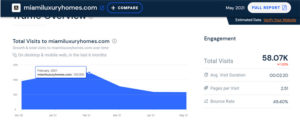


Leave a Reply